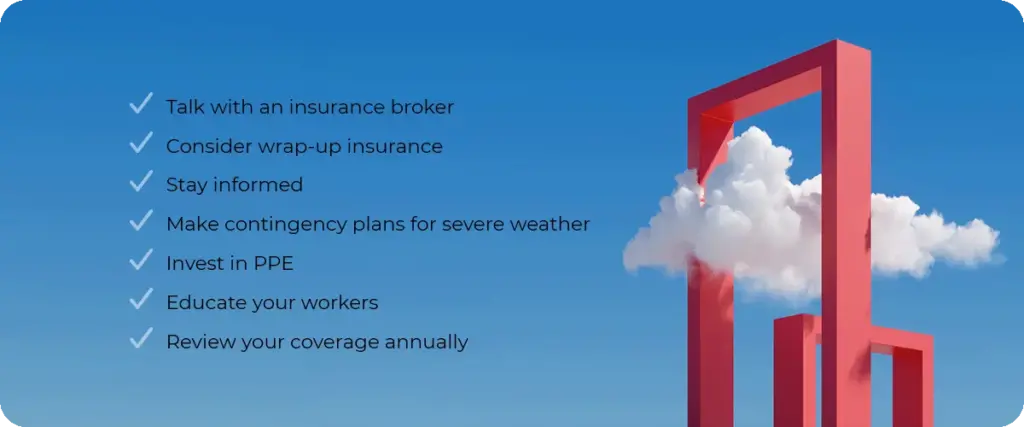Insuring a side hustle: The what, whys, and hows
April 04, 2024
As costs continue to rise across the country, more and more Canadians are working side hustles to try and make ends meet.
Like any job though, having your own side hustle where you deal with clients or even sell a product or service can leave you vulnerable to certain liability exposures.
Here’s the what, why, and how of insuring a side hustle.
Do you need to insure a side hustle?
A side hustle is a way to earn extra income in addition to your full-time job. While this can help to supplement your income, it also comes with extra responsibilities including the need to insure your operations.
Regardless of whether your side hustle is a running a small business selling crochet patterns, doing independent consulting work, or even ghost-writing children’s books for larger publishers, you could be sued or accused of errors in your work, selling defective products, and more. This is why insurance should always be considered when starting a new side hustle.
Some common side hustles in Canada that should be insured include:
- Rideshare, like Uber and Lyft
- Food delivery
- Online teaching or digital classrooms
- Crafting e-books or digital courses
- Making and selling crafts
- Website designing
- Logo and graphic design
- Lawncare and snow removal
- Etc.
This list is just a small sampling of popular side hustles. hardly finite. There are many other side hustles that Canadians can do which will probably benefit from being insured.
Do side hustles need to be insured? There’s usually no legal requirement for businesses to obtain insurance, but certain side hustles could affect your home insurance coverage and, with any kind of work, there’s always the risk that something could go wrong. So, while it isn’t mandatory to insure a side hustle, it’s highly necessary.

What kind of insurance do side hustles need?
Coverage will always vary depending on the kind of side hustle or business you’re running. One key consideration is to keep your home insurance provider in the loop when you start running a business from home. You’ll need to either get an extension on your home coverage (usually in the form of a home-based business insurance endorsement) or a separate commercial policy that reflects the unique liability coverage needs of your side hustle.
For example, say you have a full-time job, but on evenings and weekends, you run your own shop selling homemade jewelry on Etsy. You might need a commercial liability policy with product liability in case a customer ends up getting a skin rash from one of your bracelets and holds you liable for their medical bills.
How much insurance and what kind of coverage you need will always vary based on risk. Selling crafts online is low risk compared to running a weekend daycare in your home. This is why we always recommend reaching out and discussing your side hustle with an insurance broker to ask their advice.
Special coverages to consider for side hustles
Each side hustle is different. However, if you make any kind of deliveries or drive around paying passengers, you’ll likely need to obtain commercial auto insurance. If your side hustle involves using your vehicle for business activities, your personal auto policy will not cover you for any damages or losses incurred while performing said activities.
This is why it’s crucial to obtain a commercial policy. Companies such as Uber, Lyft, and DoorDash offer their own insurance coverage for drivers, but what they offer can be limited. You’ll still need to have a personal auto policy, and some companies may ask that you add an endorsement for rideshare regardless. At the very least, your insurer should be aware of your usage habits.
Why do I need to tell my insurance broker about my side hustle?
Failure to disclose your home-based business or any business activities you do at home could mean a rejected claim in the future, or the possibility that your policy ends up being voided entirely. Consulting with an insurance broker about what additional coverage is needed prevents that from happening, ensuring you and your side hustle are protected against all the what ifs.
With side hustles and second jobs becoming more and more common, it’s likely that more Canadians will need secondary policies, or at least additional coverage on top of their existing home policies.
How do you insure a side hustle?
Getting coverage for your side hustle is no different than getting insurance for any other type of home-based business. You’ll have three options:
- A small business policy
- An in-home business policy
- A home-based business endorsement
The first step is to call up your insurance broker. They can help determine what the best course of action is regarding the kind of policy you need and can find you the best (and most affordable) coverage options.
If you’re considering starting a side hustle or already have one on the go, contact a Mitch Insurance broker to discuss your options today.















